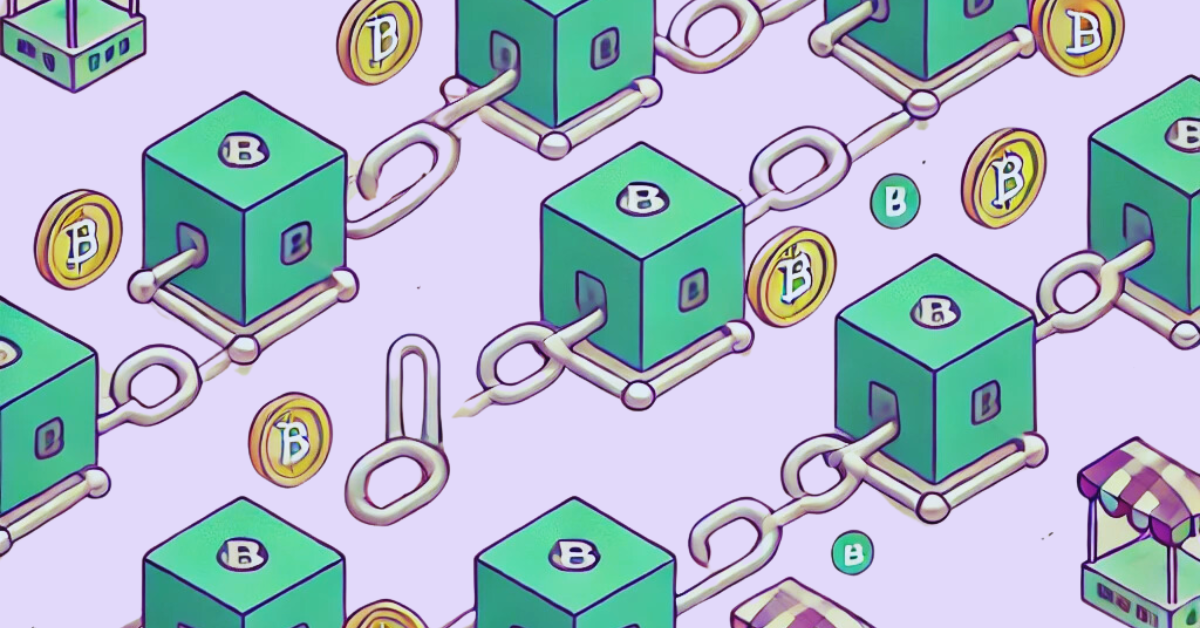What Are Network Fees?
When completing transactions on a blockchain network, such as sending or trading cryptocurrency, network fees must be paid.
Network fees are like postage stamps. If you want your letter delivered, you will need a postage stamp. You may require higher postage (fees) if your mail is urgent or if you need overnight delivery.
Or you can look at it similar to paying more for expedited shipment, costs may be greater during peak periods, such as network congestion, this happens when more users are attempting to transmit transactions.
Why are they important?
Network fees allow the processing and confirmation of transactions. Without paying network fees, your transaction will not be completed. They also pay the miners who keep the network running, sometimes known as validators.
How do they work?
On the Ethereum network (ERC-20), transactions require Ethereum (ETH) for fees. Other networks have their own native currencies (e.g., Binance Smart Chain uses BNB).The network fee will come out of your wallet when you do the transaction.
Network fees are calculated based on the transaction’s complexity and network congestion.
Confirmations and blockchain mechanics
- A confirmation means a transaction is verified and added to the blockchain. More confirmations increase security.
Miners or validators compete to add transactions to the blockchain, prioritizing those with higher fees.
Are you a visual learner? Check this website out – https://txcity.io/v/eth-btc. Every transaction is a person, and they fill up buses which represent blocks.
TLDR: Conclusion
Network fees are essential for the security and operation of blockchain networks. They incentivize miners to verify transactions and keep the system running smoothly.
Want to learn more about confirmations and blockchain mechanics? Click here.
What is a Confirmation?
When a transaction is approved and added to a blockchain block, it is confirmed. A transaction is more secure the more confirmations it has since it becomes harder for an attacker to undo it.
How It Works
A transaction is broadcast to the network on initiation. The transaction is then confirmed and added to a block by miners (on Proof-of-Work blockchains) or validators (on Proof-of-Stake blockchains). There is only one confirmation for the transaction after the block is added to the blockchain.
Why More Confirmations?
Another confirmation is added with every block that is added after the one that contains your transaction. If there are more confirmations, it becomes more difficult and expensive for an attacker to change the transaction because they would have to perform the work of several blocks.
Example: Buying a Coffee with Bitcoin
Imagine you’re at a café that accepts Bitcoin as payment. You order a coffee and scan the QR code to pay.
Here’s how the process works:
- You Send 0.001 BTC to the café’s wallet address this includes the network fee.The Bitcoin network gets notified of this transaction.
- Pending Status: The transaction is first listed as “unconfirmed” while it is awaiting approval before being included to the following block. Consider this similar to ordering coffee and having to wait for the barista to prepare it.
- First Confirmation: The transaction is picked up by a miner, who checks it and adds it to a freshly mined block. There is now only one confirmation for your payment, much like when the coffee is being made by the barista.
- Extra Confirmations: Your transaction gains confirmations when new blocks are added to the network. To ensure that the payment cannot be easily reversed, the café may wait for two to three confirmations before calling the transaction completed. This is similar to making sure the coffee is perfectly prepared before serving it to you.
- Transaction Completed: The transaction is safe and finalised when the necessary number of confirmations is completed. Now that the payment has been completed, you can enjoy your coffee.
This process shows how important confirmations are to protecting transactions and avoiding double-spending. Miners are rewarded for processing your transaction and verifying its validity by the network fees you pay.

